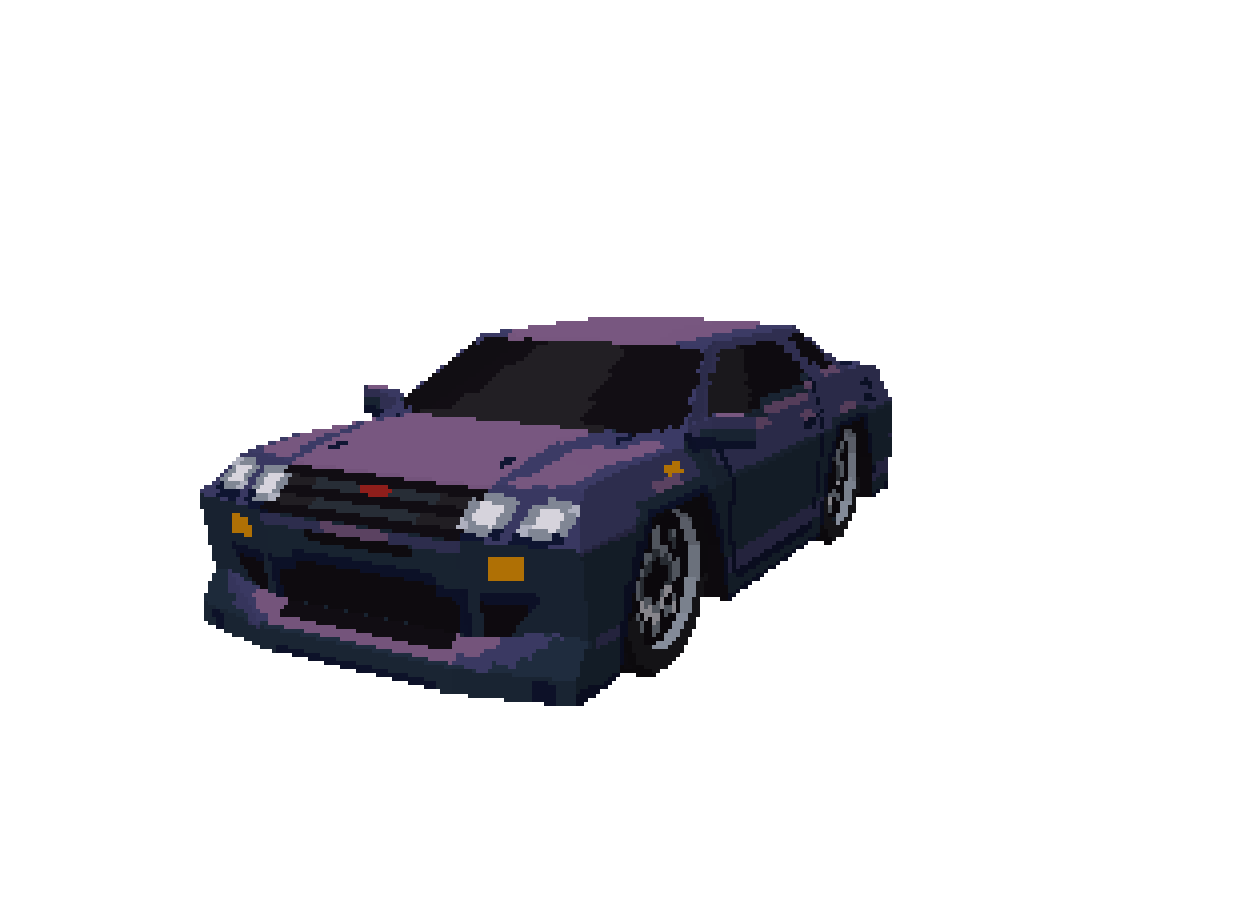The 1990s were the years that have seen a huge leap in computing technology and an even bigger market share for the video game industry with the release of PS1, Nintendo 64, Dreamcast and the rise of popularity of Windows PCs. The games started to utilise 3D rendering and introduced much more advanced audio engines in the last years of the millennium. But let’s take things slowly and start with the early years of the 90s and the release of Sega Genesis, SNES and developments in MS-DOS video games.
The Evolution Of Older Technology
With Sega releasing Genesis (the console of my childhood) in 1988 and Nintendo launching SNES in the 1980s, both companies utilised completely different methods of generating sounds and both had their pros and cons. Sega Genesis used a Yamaha YM2612 sound chip, which consisted of 6 (4 Operator each) FM channels (one of which could be turned into an 8-bit PCM channel), an LFO and a stereo DAC. It also had a TE SN76489 chip, which was a basic sound generator, similar to NES’ one.

The SNES on the other hand utilised a full-blown audio subsystem manufactured by Sony called the S-SMP, which had its’ own 8-bit CPU and a separate DSP chip, which could handle 8 channels of simultaneous 16-bit sounds and had “whopping” 64 KB of SRAM. It also supported full stereo and even surround speaker configurations ( very surprising, I know). Both consoles had some amazing music composed by extremely talented composers and had great SFX, but SNES just had so much more “freedom” with the sound palette selection, just have a listen to the Chrono Trigger, Final Fantasy and Donkey Kong Country ( Aquatic Ambience was literally made using samples of Korg Wavestation) soundtracks.
Back To PC
On the PC side of things, there were very interesting developments, to say the least. Games relied on the sound cards (which had to be bought separately) in-built sounds, as they utilised MIDI data to play the music, and as we know - MIDI does not carry any audio signal. So if a player had an AdLib sound-card (which was basically an FM synth) and the game's soundtrack was composed on Roland MT-32 or Sound Canvas, well let’s just say that gamer had to pray for the music to sound good. So to sum this up, the end-user experience was directly affected by luck, if not only they had to happen to have most of the popular sound cards back in the day.
The Beginning Of New Era
The first half of the 1990s was the beginning of the end of such limitations and with the release of PS1 a new era was started - now all the audio could be streamed directly loaded into SRAM and streamed, resulting in a technological leap, so I would like to leave this part of game audio history for the next blog post. I think now it is a good moment to look back and analyse the fact that, no matter the limitations, amazing things can be done. In any art form, oftentimes restrictions tend to lead to more creativity and the first 30 years of the video game industry prove this point. It showed us that human imagination is a powerful thing and abstractions can connect as deeply with our psyche as real life.
